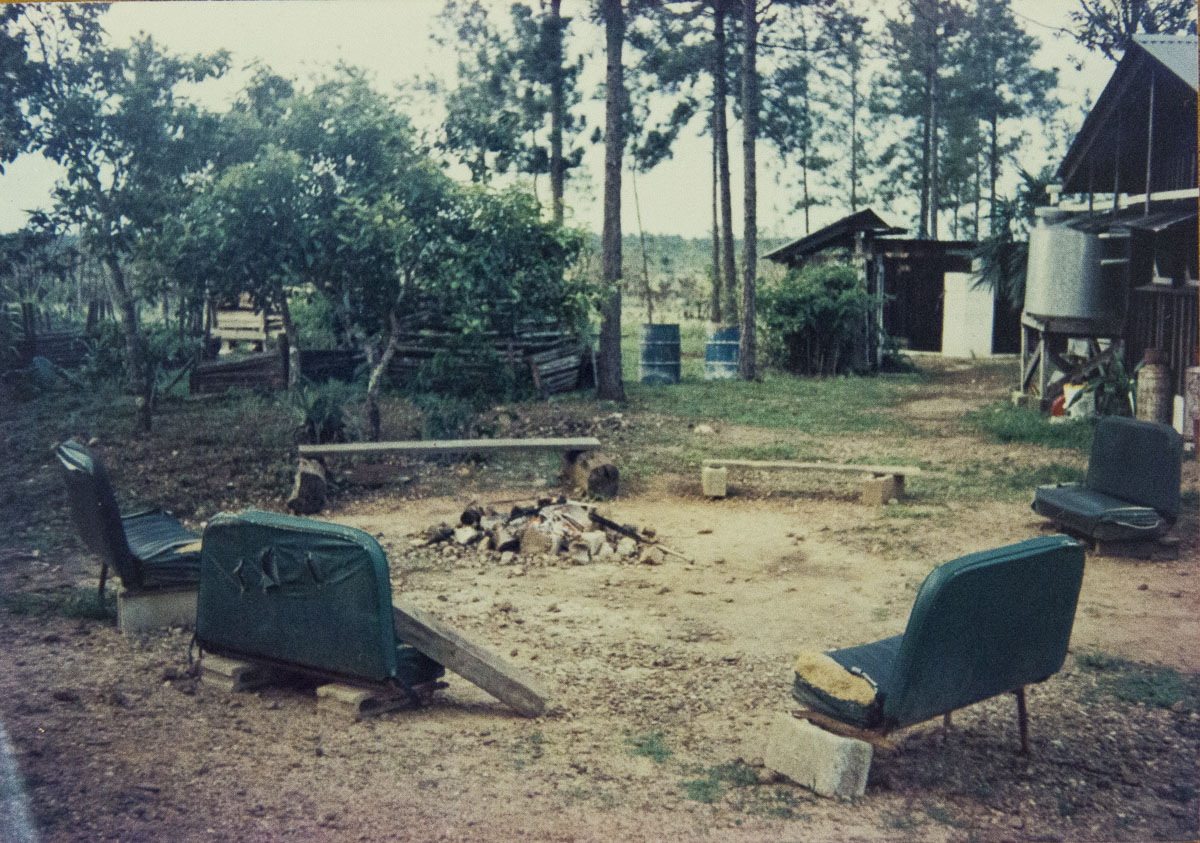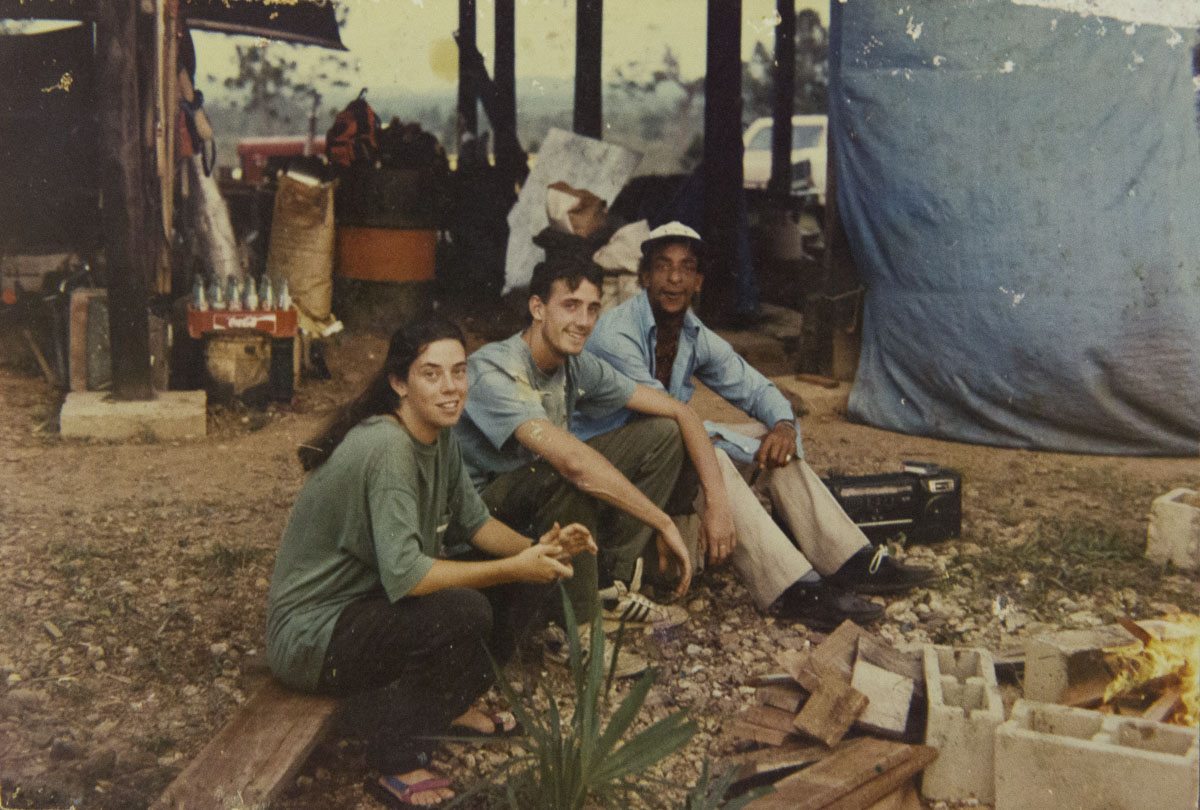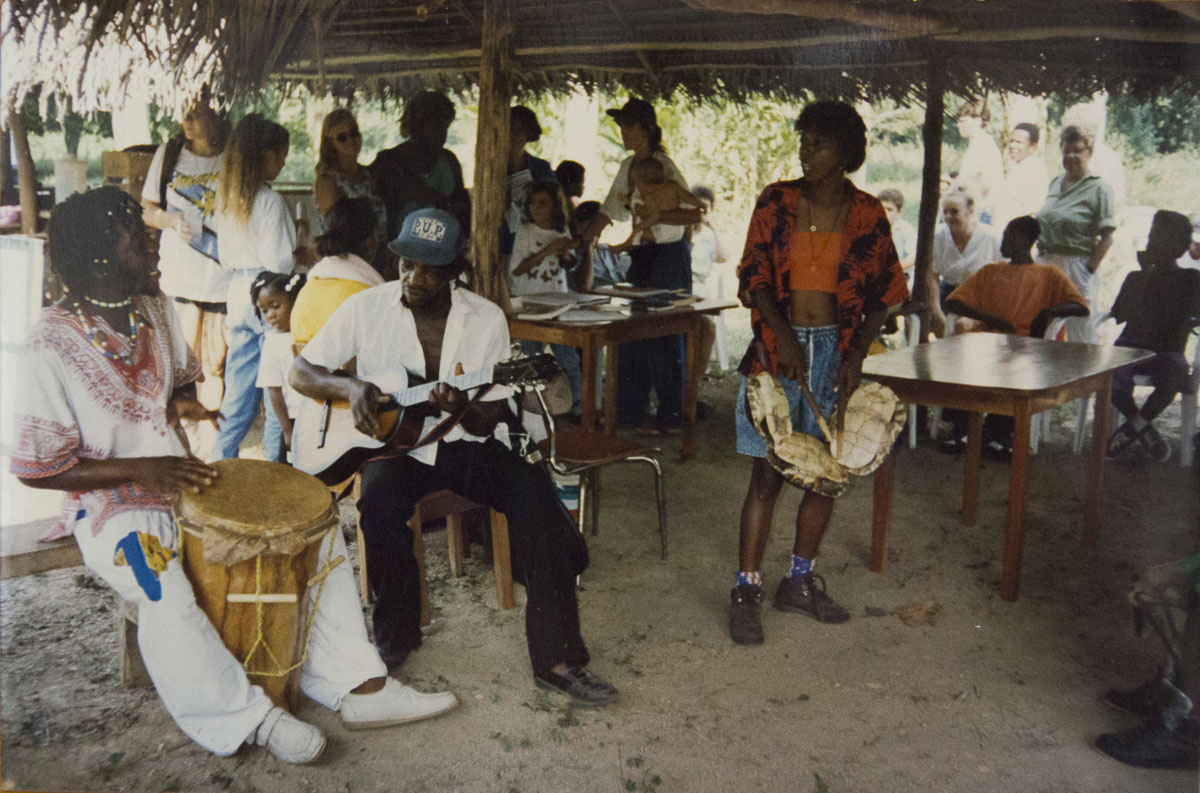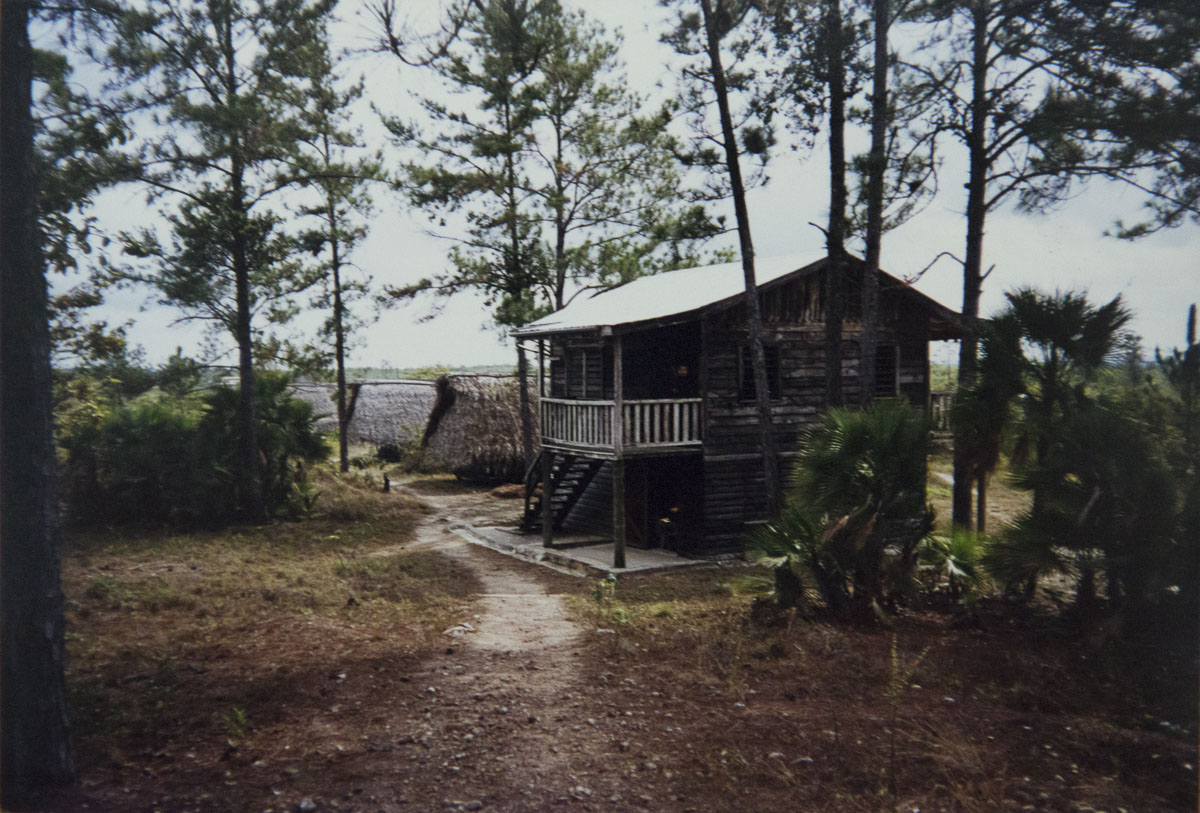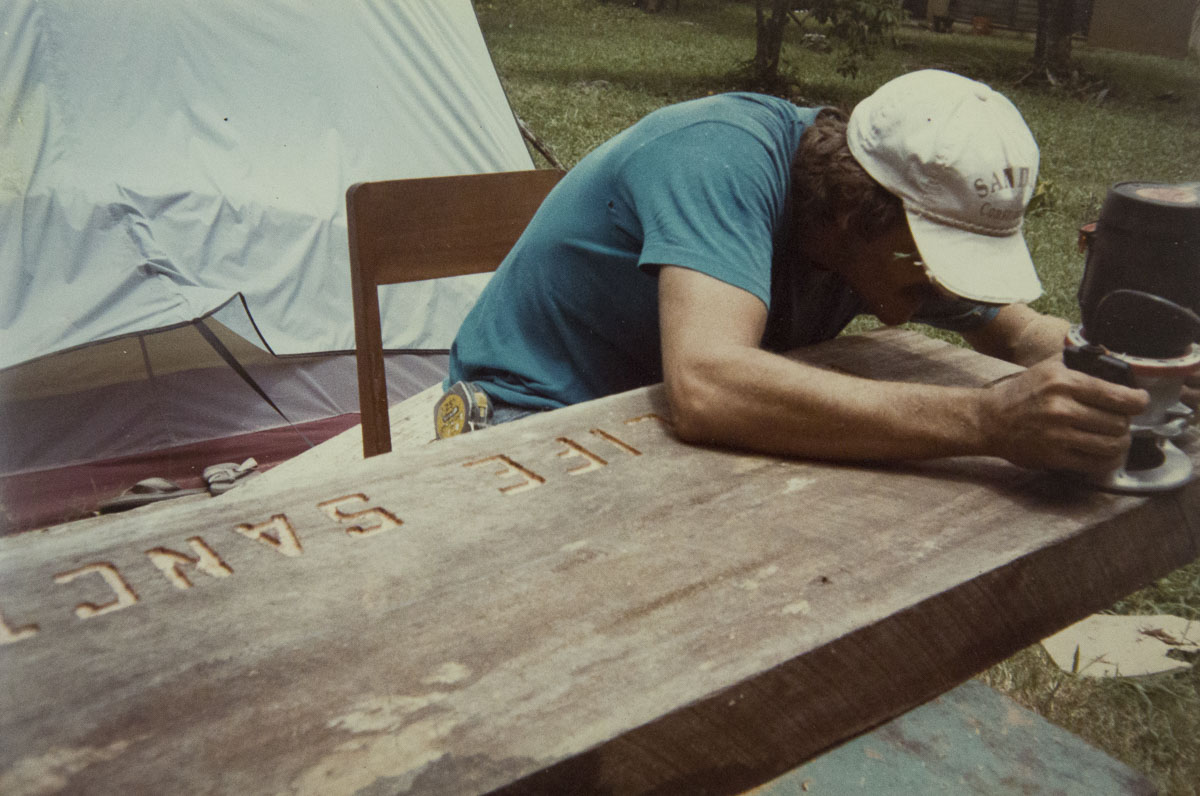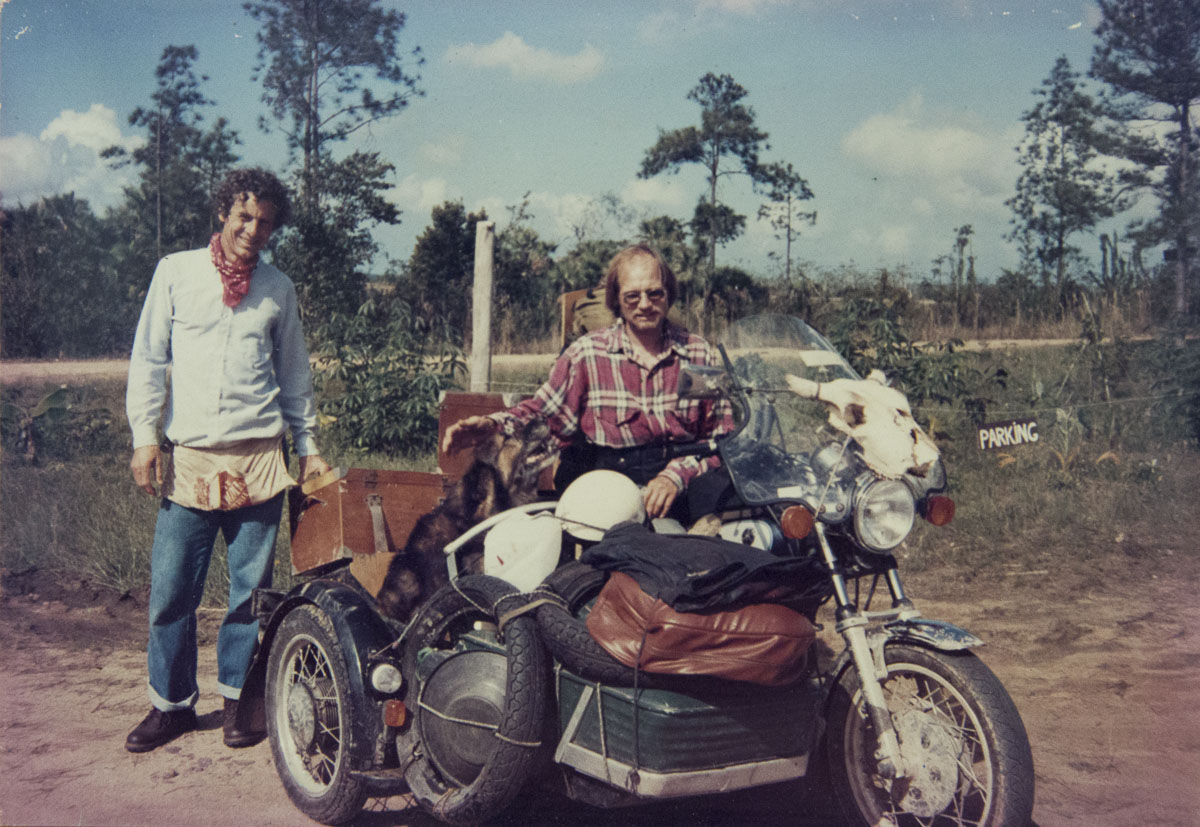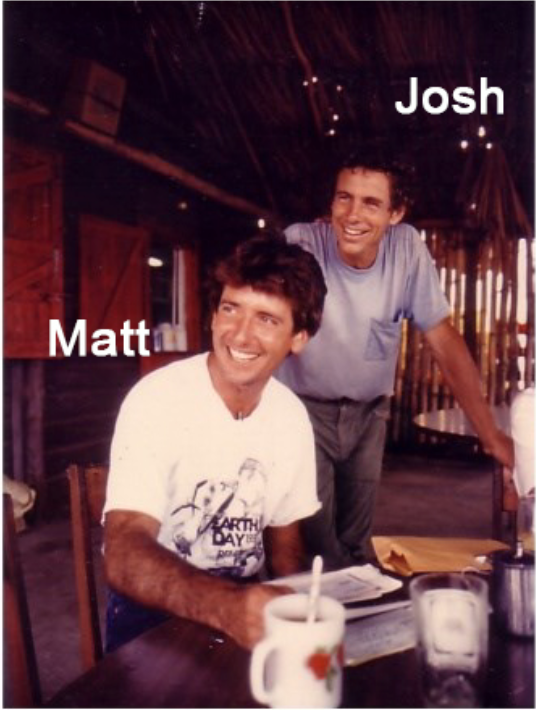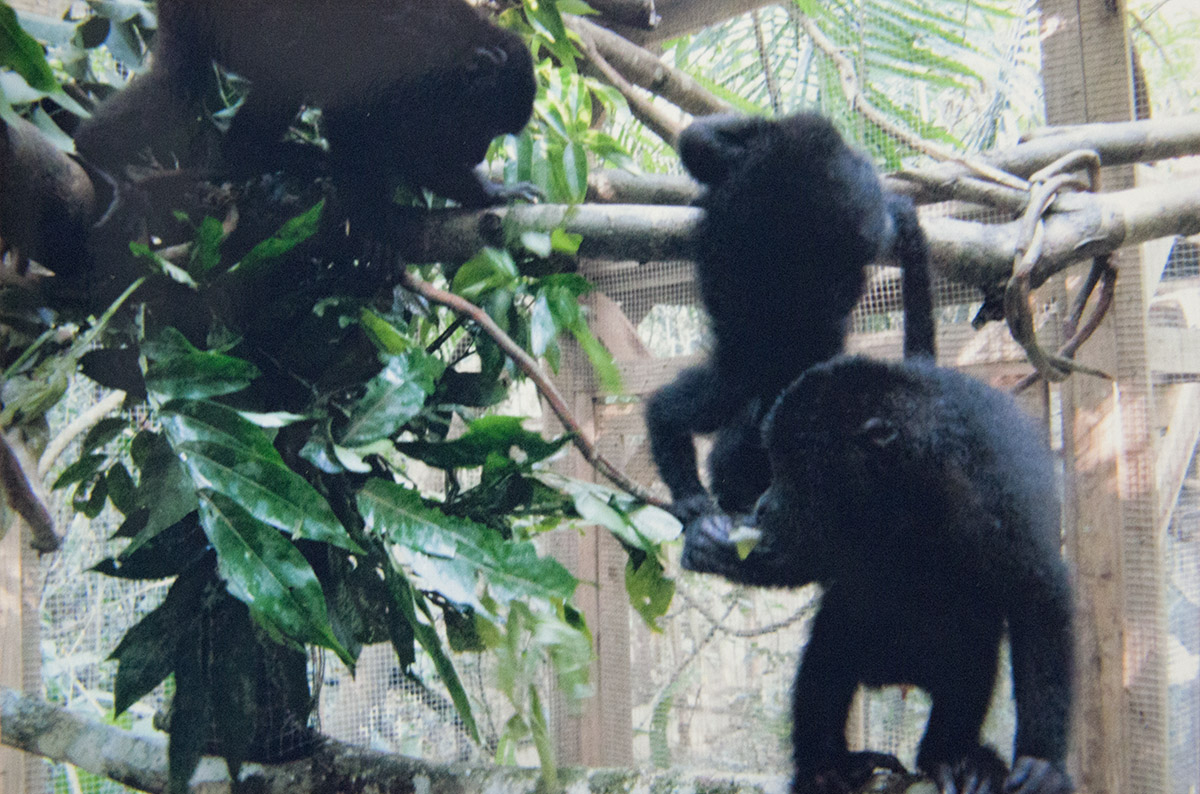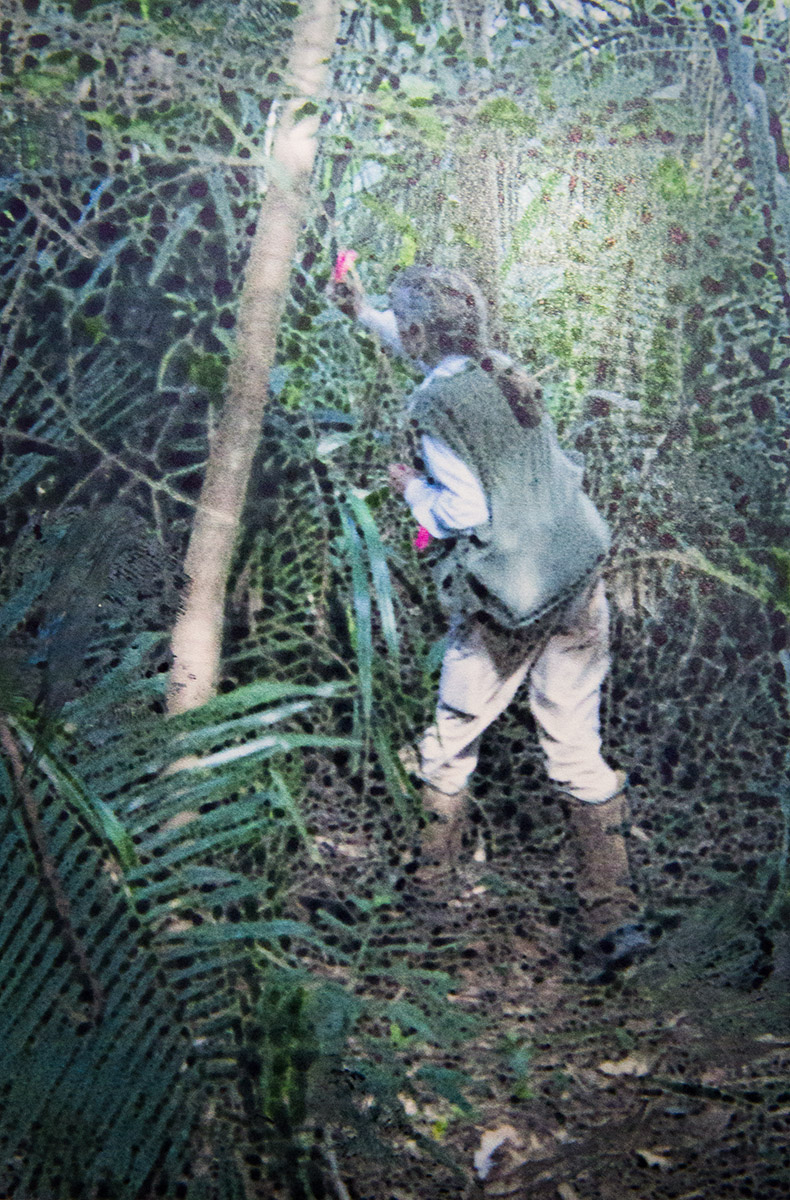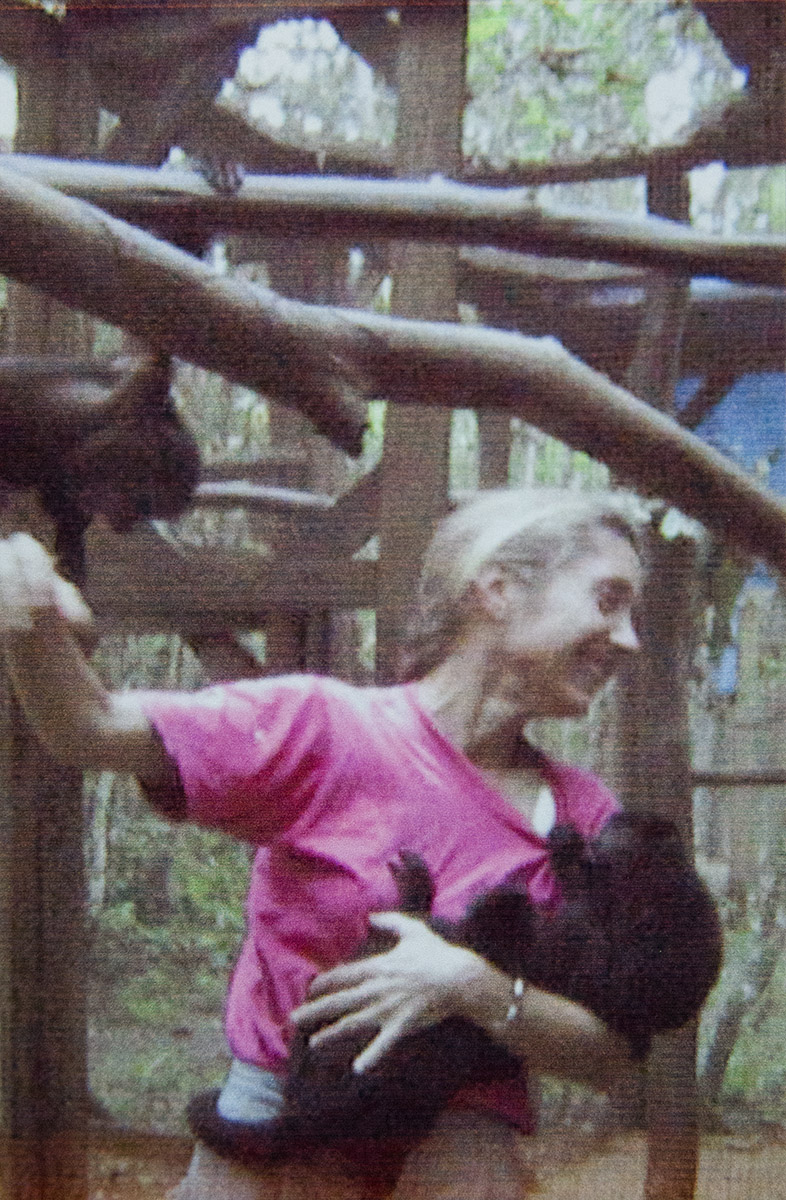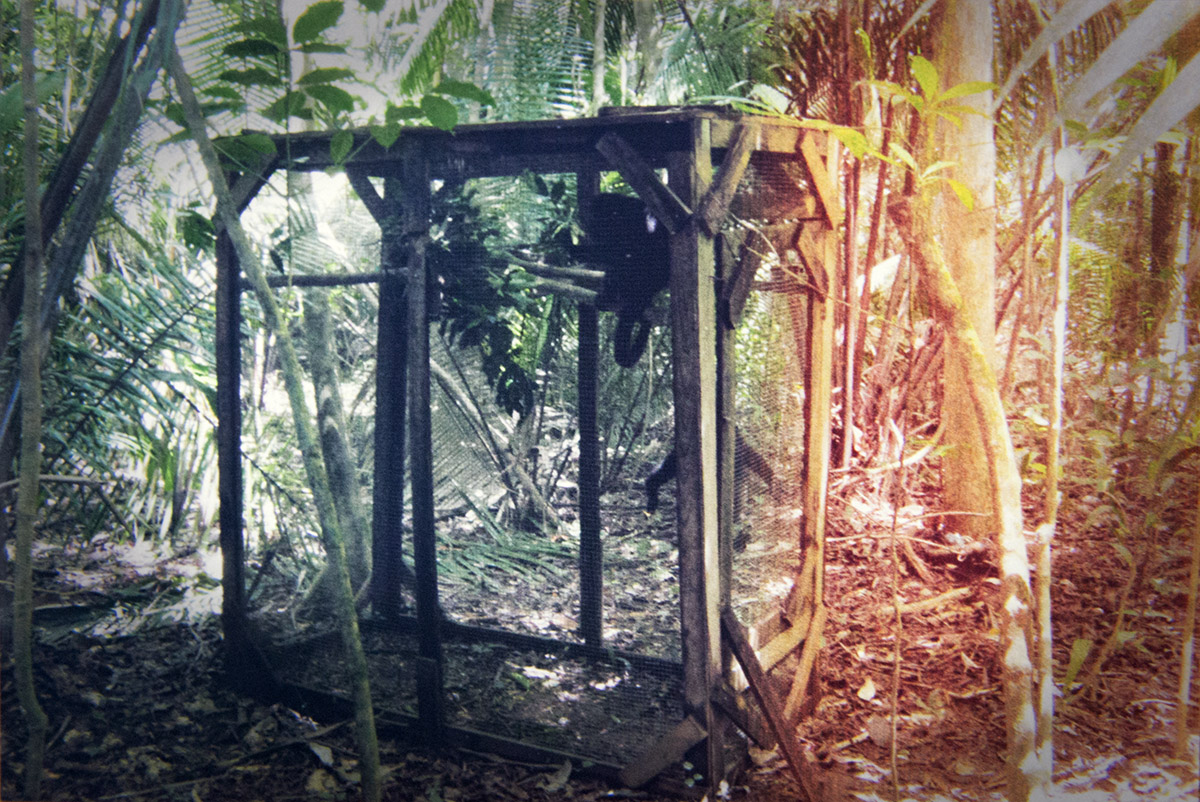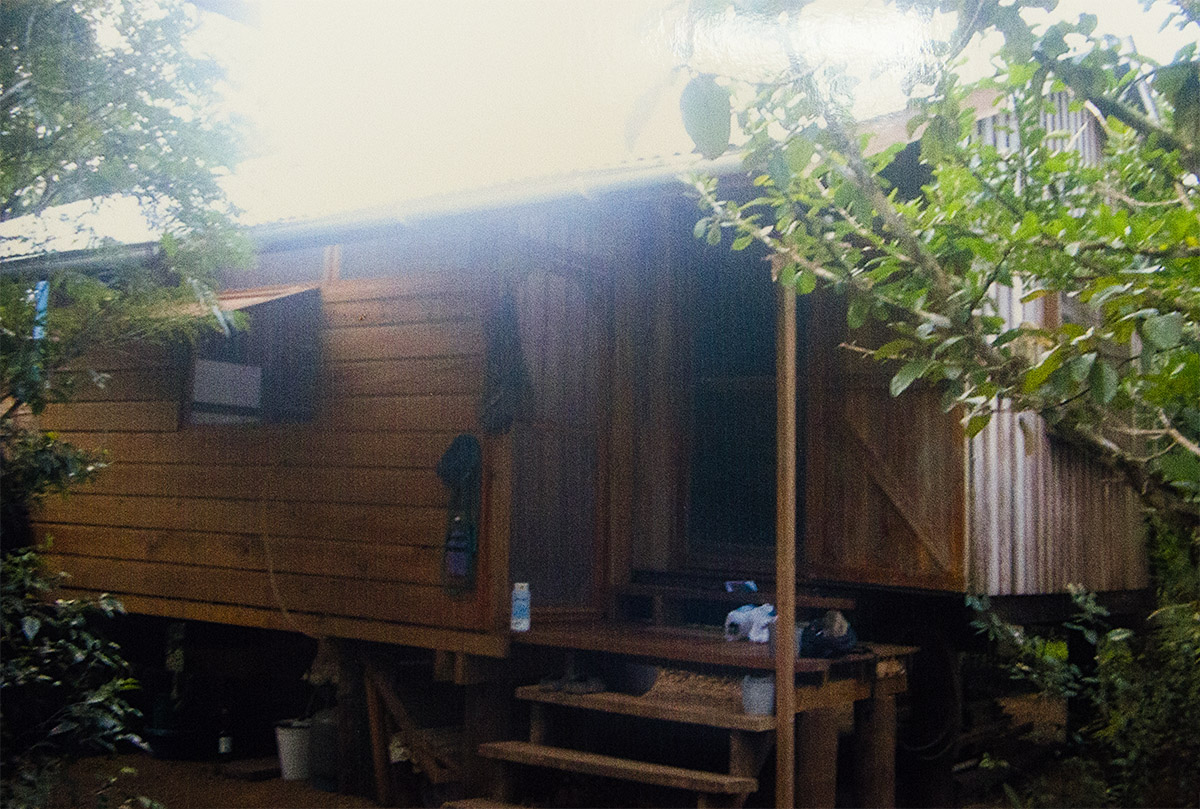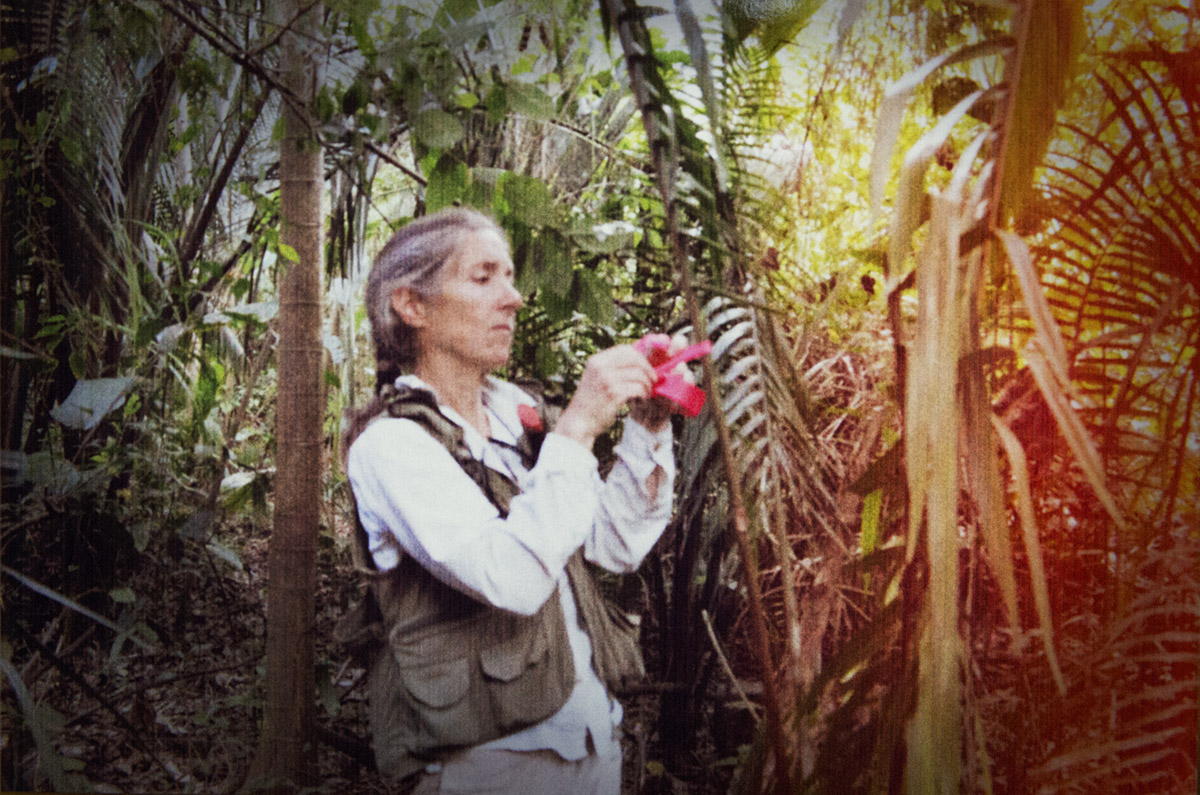JOIN US FOR LIFETIME EXPERIENTIAL-learning EXPERIENCES
monkey bay wildlife sanctuary today
We are an environmental education center offering Belize Study Abroad experiential learning programs and training opportunities while serving as a model of conservation land Stewardship. Our goal is to guide our guests and students in experiencing the natural wonders of the tropics and life in a developing country, recognizing the diversity of human potential through other cultures. We do this from a peaceful natural setting within a 1070-acre private protected area at our Monkey Bay campus where we experiment with sustainable living technologies and conservation land management.
how it all started…
Originally purchased from the Belize Estate and Produce Company in 1975 by Joshua Brown, a cattle rancher from Fayetteville, Arkansas, the Monkey Bay property was intended for organic cattle ranching. Given it’s prime location and proximity to a body of freshwater, the area seemed perfect for this at the time. Little did Joshua know that the Sibun River - upon which the 1070 acres he purchased borders - can flood to enormous heights during the rainy season.
When Joshua was not in Belize, he hired a ranch hand to tend to his cattle. At this particular time during his absence, the river rose rapidly and flooded the entire meadow where his cattle grazed. The floodwaters rose so quickly - there was no time to round up and rescue his cattle. The river had become a raging flood, taking everything in its path that was not deeply rooted on its course to the Caribbean Sea, including his cattle. Although S.O.S was sent to Joshua most of his cattle did not survive this unfortunate event. Joshua now reflects on this moment by saying he “might as well have thrown hundred dollar bills out into the pasture”. He earned a great respect for the river and local forces of nature.
first conversation sparks…
Meanwhile in Belize... Matthew Miller was serving two years with Peace Corps as a volunteer. His duty was to assist the Belize Audubon Society in the development of Blue Hole National Park and Guanacaste National Park. Matthew fell in love with Belize and was not looking forward to the ending of his term and having to go back to the U.S.A to live.
On a friend’s occasion, Matthew got to know Joshua and learn about his trials with his cattle. By now Joshua too had gotten a whole new perspective on Belize and the environment. Joshua became an avid bird lover, and there were plenty to be found at almost 1100 acres of land. His desire was to keep the land for wildlife and the birds, but he himself had no intention of staying in Belize and managing it. Matthew came up with the proposal to develop it as an educational park, with minimum development, just nature trails. The two came to an agreement. Joshua went back to the United States and when Matthew finished his term, he too went back to plan his move to Belize.
friends helped to make the dream a reality!
Matthew contacted several of his friends and told him of the idea. They all were in support of him. Along the way he got to know a Japanese lady named Yumi Kikuchi, who was an environmentalist and activist traveling Central America. She too was passionate about the plan of developing the educational park and wanted to help. She went back to Japan and raised start-up funds for this purpose. Together with the financial support and moral support of Matthew’s friends and his partner, Marga, he had enough to hit the road and give it a fair chance.
One young newlywed couple named Carol and Brock arrived from California on their honeymoon, with intentions to ride through-out Central America on bicycles. They started off in Cancun. Once they arrived at the little “Camping” sign at the Monkey Bay entrance posted on the Western Highway (the name has since been changed to the “George Price Highway” after a notable politician), they turned in and stayed at Monkey Bay for the remainder of their three-month-long honeymoon. They became good friends and helped in any way possible. What a blessing they were! People from all corners of the world have somehow found Monkey Bay and contributed in their own way to forward the project. We have all come together as friends and family at Monkey Bay!
EPILOGUE: WE HEAR HOWLERS CALLING 3 TO 4 TIMES A WEEK IN THE SIBUN RIVER VALLEY FROM THE UPPER DECK PORCH OF THE FIELD STATION!EPILOGUE: WE HEAR HOWLERS CALLING 3 TO 4 TIMES A WEEK IN THE SIBUN RIVER VALLEY FROM THE UPPER DECK PORCH OF THE FIELD STATION!










